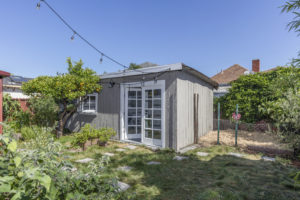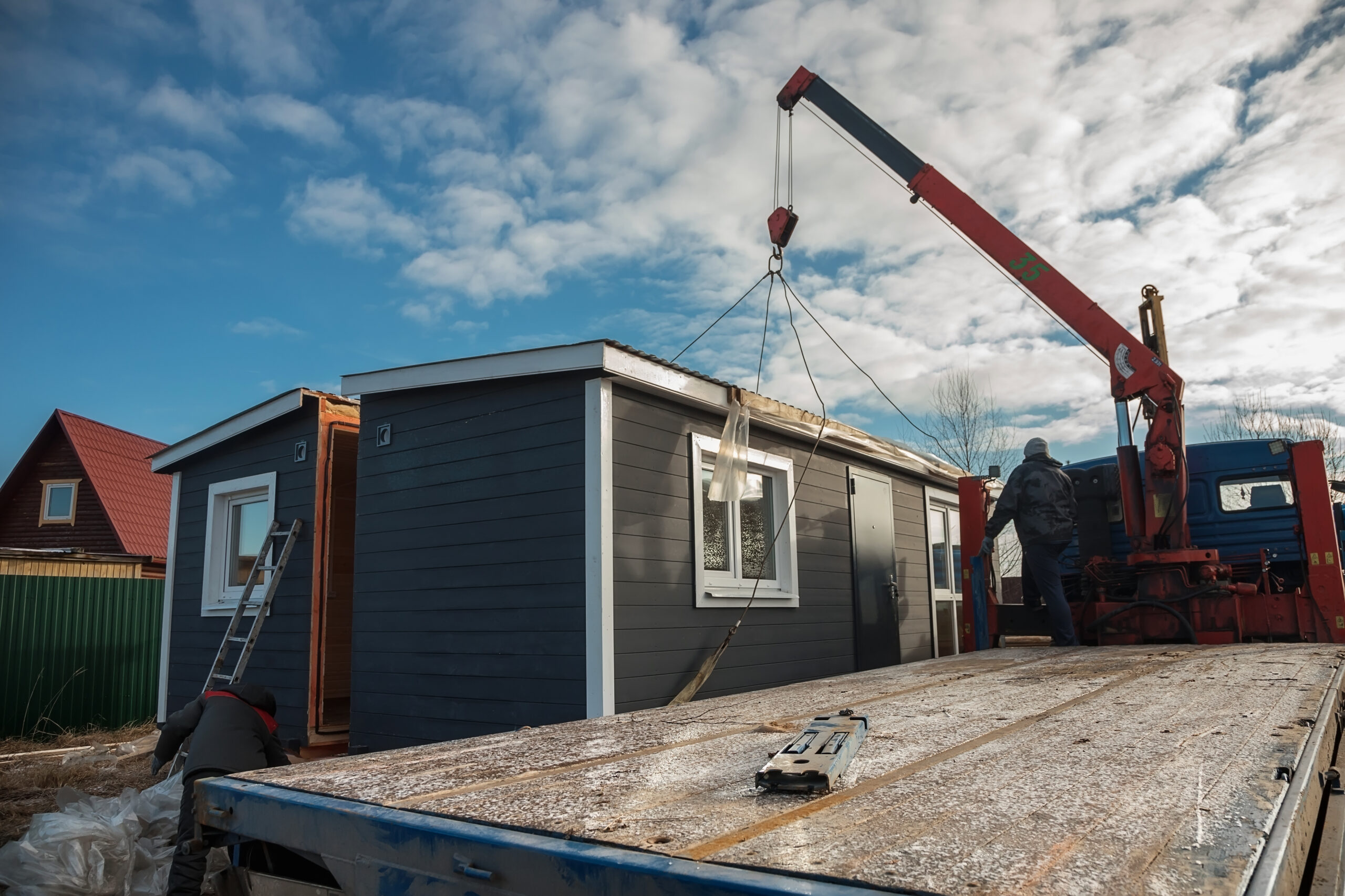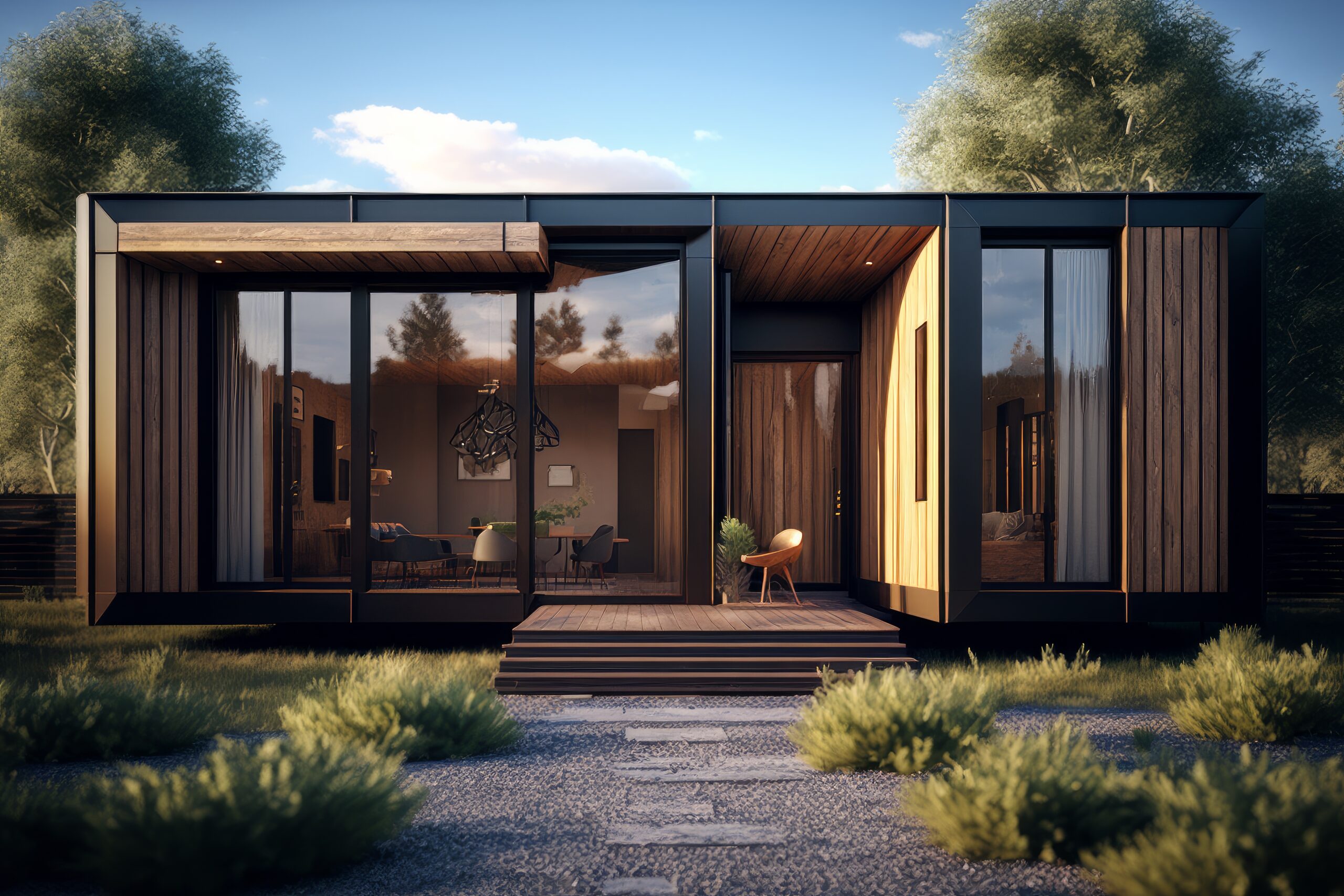 Recently, I was talking with a couple of friends who work as inspectors with two municipal building departments on the Peninsula. We were discussing SB 1069, enacted in 2016 in order to encourage construction of additional housing units on residential property that has already been developed—these so-called “in-law” or “granny” units, denominated as accessory dwelling units (“ADUs”) under the new state law, which I have previously discussed here.
Recently, I was talking with a couple of friends who work as inspectors with two municipal building departments on the Peninsula. We were discussing SB 1069, enacted in 2016 in order to encourage construction of additional housing units on residential property that has already been developed—these so-called “in-law” or “granny” units, denominated as accessory dwelling units (“ADUs”) under the new state law, which I have previously discussed here.
Together with SB 35, which was adopted late last year with the goal of reducing regulatory delays on housing construction, as noted in this blog, this legislation has led to chaos at the local level. From my friends’ perspective, cities and counties have been forced to scramble to adopt policies that comply with these state law requirements, with unfortunate results. As an extreme example of such an outcome, they cited a recently completed R-1 project in which a large house had been remodeled to have 11 bedrooms, with each bedroom having its own bath and “wet bar,” which they saw as a transparent attempt to convert the property from single family use to multi-family housing.
On the other hand, I’ve heard from colleagues who have found that the efforts of local jurisdictions to satisfy these state law requirements have resulted in paralysis among many property owners, as they have been unable to navigate the uncertainty of new local regulations enacted in the wake of these state mandates. Even so, it is clear that there is substantial pent-up demand among property owners to construct ADUs; in Los Angeles, ADU applications rose from 80 in 2016 to nearly 2,000 in 2017.
It is thus abundantly clear to me that owners of real estate have a great need for complete, reliable information about ADU laws in our local cities and counties. As such, in the coming months, I will be setting up a website to serve as a clearinghouse of resources and information for those people who are interested in pursuing ADUs. Please keep an eye on this space for further information.



